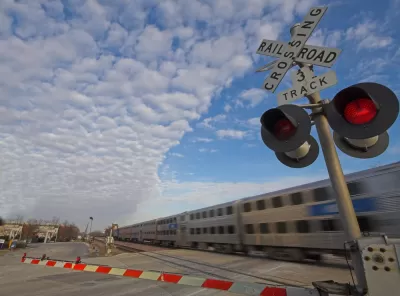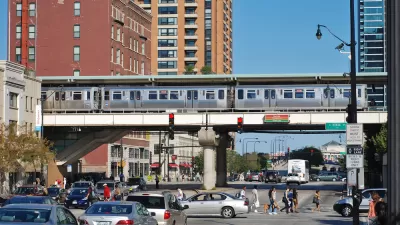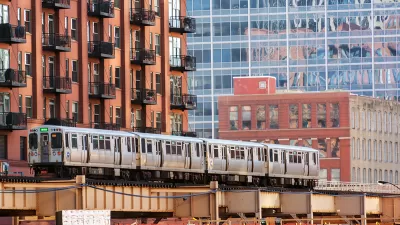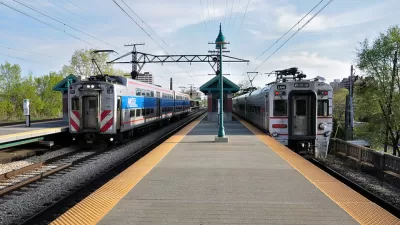The Red Line extension to 130th is still unfunded and a universal Chicago fare card hasn’t materialized, but in the immediate term, the Metra can run more trains and charge lower fares to help get the South Side moving.

South Side Chicagoans lack the transportation resources enjoyed by their neighbors farther north. There are fewer bike lanes, many of the roads are in worse shape and they don’t have as robust a public transit service as North Siders enjoy. An editorial by the Chicago Tribune Editorial Board argues that the fastest way to address the issue is to improve service on the Metra Electric Line. The editorial contends that, while they would like to see the city get on a one-payment card system for all the areas and transit services and the Red Line extended, the expansion of Metra service on the Electric Line could happen faster.
"Metra has already agreed to build a new Electric Line station at 95th Street, as well as a parking facility on the campus of nearby Chicago State University," the editorial points out. The newspaper argues the service should go beyond these efforts by increasing the number trains they run and matching the CTA’s lower fares.
Importantly, the Metra Electric Line could more easily increase the number of trains it runs than other Metra lines because, unlike other lines, Metra owns those tracks and doesn’t share them with freight rail. The Tribune argues that lower fares and better service will increase ridership on the Electric Line, pointing to a study Cook County conducted on the matter, additional fare revenue could help cover some of the additional costs of this service, but more importantly, in the view of the piece’s authors, it would get more people where they need to go.
FULL STORY: Editorial: A smart plan to help Metra serve the South Side better

Alabama: Trump Terminates Settlements for Black Communities Harmed By Raw Sewage
Trump deemed the landmark civil rights agreement “illegal DEI and environmental justice policy.”

Planetizen Federal Action Tracker
A weekly monitor of how Trump’s orders and actions are impacting planners and planning in America.

The 120 Year Old Tiny Home Villages That Sheltered San Francisco’s Earthquake Refugees
More than a century ago, San Francisco mobilized to house thousands of residents displaced by the 1906 earthquake. Could their strategy offer a model for the present?

Ken Jennings Launches Transit Web Series
The Jeopardy champ wants you to ride public transit.

BLM To Rescind Public Lands Rule
The change will downgrade conservation, once again putting federal land at risk for mining and other extractive uses.

Indy Neighborhood Group Builds Temporary Multi-Use Path
Community members, aided in part by funding from the city, repurposed a vehicle lane to create a protected bike and pedestrian path for the summer season.
Urban Design for Planners 1: Software Tools
This six-course series explores essential urban design concepts using open source software and equips planners with the tools they need to participate fully in the urban design process.
Planning for Universal Design
Learn the tools for implementing Universal Design in planning regulations.
Clanton & Associates, Inc.
Jessamine County Fiscal Court
Institute for Housing and Urban Development Studies (IHS)
City of Grandview
Harvard GSD Executive Education
Toledo-Lucas County Plan Commissions
Salt Lake City
NYU Wagner Graduate School of Public Service





























